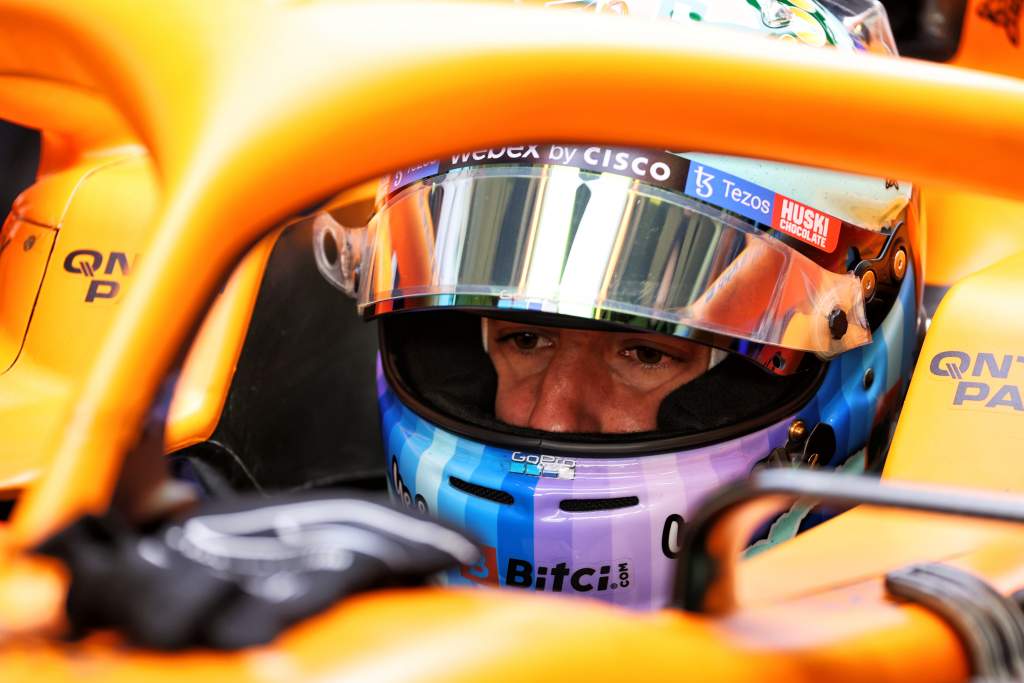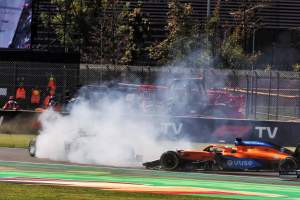Up Next

Daniel Ricciardo now has a “more natural connection” with his car thanks to progress made in the second half of the 2021 Formula 1 season, according to McLaren executive racing director Andrea Stella.
While Stella believes there is still more to come from Ricciardo, who struggled in the first half of the season having joined from Renault, he recognises the 32-year-old has done much of the heavy lifting required to extract the most out of the McLaren.
Team-mate Lando Norris has still been the quicker McLaren driver on balance since the summer break, but Ricciardo has produced stronger results.
Having never finished higher than fifth before the break, he has had four top-five finishes since then – including his victory in the Italian Grand Prix.
His Mexican Grand Prix didn’t go well after losing his front wing when he hit Valtteri Bottas’s Mercedes at Turn 1, but he did qualify reasonably well in seventh – albeit on a weekend when Norris had a power unit penalty so didn’t attack qualifying as he normally would have done to create a valid comparison.
Ricciardo spoke of the difficulties of adopting a counter-intuitive driving style earlier in the year, often having to brake later and rotate the car more aggressively than is his default style. But the key step since the break is that he’s now more in-tune with the demands of what he once called a “peculiar” car.
“In terms of Daniel, there was quite a bit of work in terms of adaptation to the car that needed to be done,” said Stella when asked by The Race about Ricciardo’s progress since the summer break.
“These adaptations do take a lot of time, because the cars are very quick and you can’t drive and think in Formula 1, at least since the regulations changed [to even faster cars] in 2017. That’s why it took time.
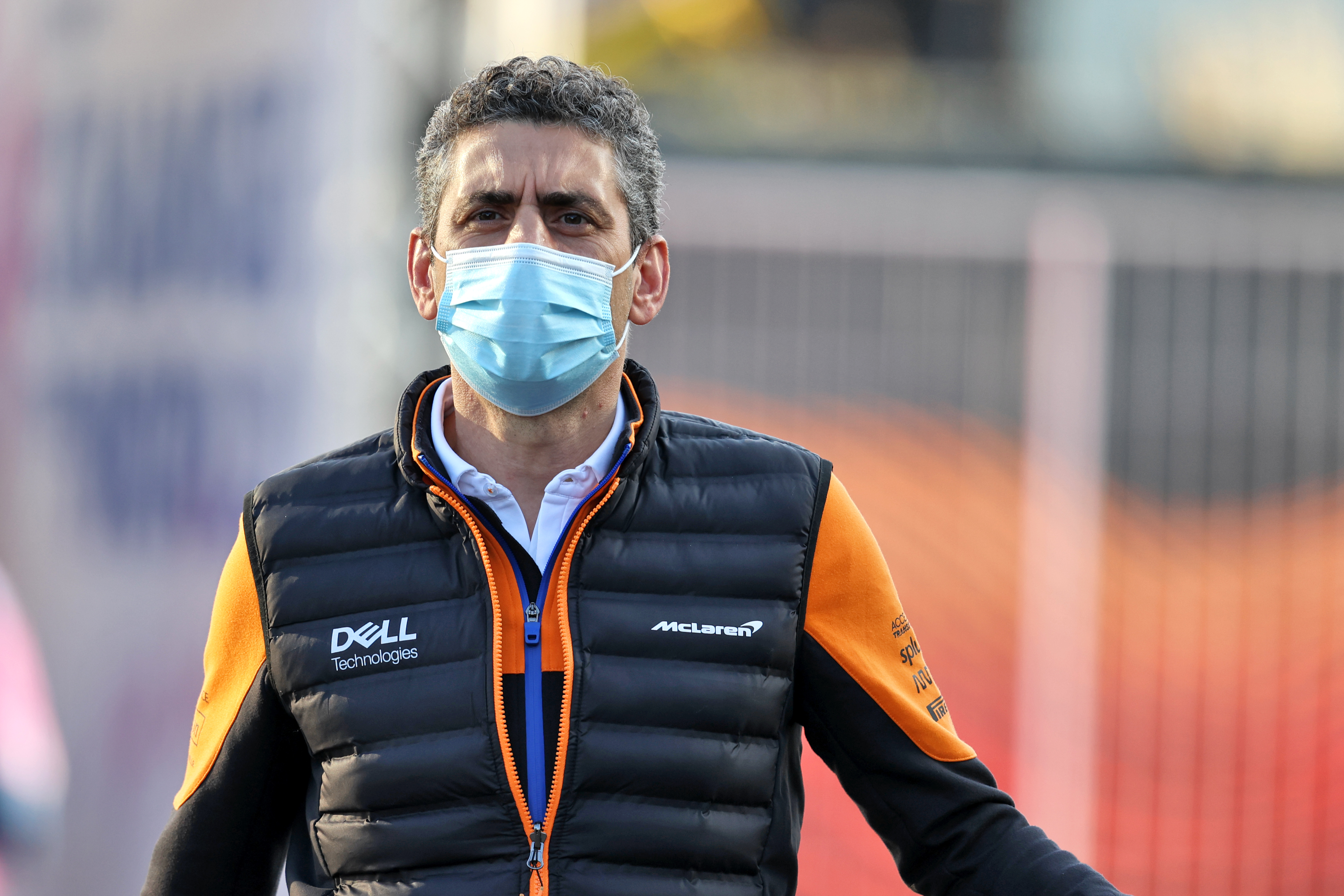
“I think the reflection of the summer break might have helped this process of making changes to the different style required [and made it] more of a natural process.
“So we definitely saw Daniel much, much more comfortable in the car with more of a natural connection with the car.
“The racecraft has always been there and if anything we have been able to improve on that element as well.
“So for me, the main challenge is that he is now able to extract the speed more naturally.”
Ricciardo shares Stella’s belief that he’s now driving the car more naturally, which is the ideal for any driver given trying to force themselves into a counter-intuitive style will inevitably cost lap time.
But he also recognises the value of ensuring that he does think about what he’s doing in the types of corners where he is still not quite there.
He picked out the second-gear Turn 13 left-hand hairpin in the stadium as an example from the Mexico weekend after making an error there in qualifying.
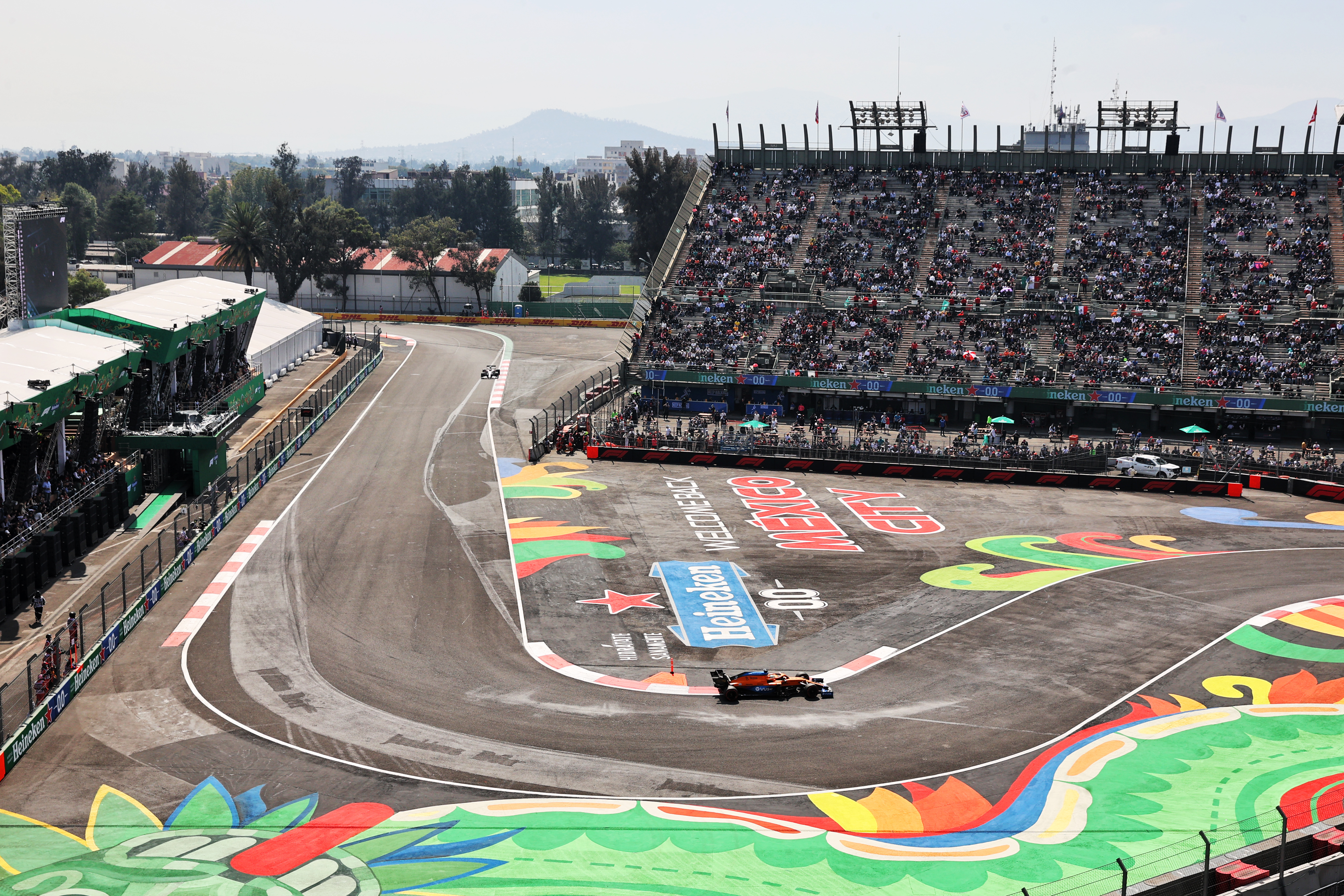
“It is definitely coming more naturally to me,” said Ricciardo when asked by The Race about Stella’s comments and what types of corners he still needs to work at.
“But on my best lap in Q3 I made a mistake, a front lock into Turn 13 and lost a bit of time there. That’s something that I’m still asking from the car that isn’t quite there.
“That corner was a weakness for me and a corner where I probably should have given a little more attention to instead of just driven on pure instinct.
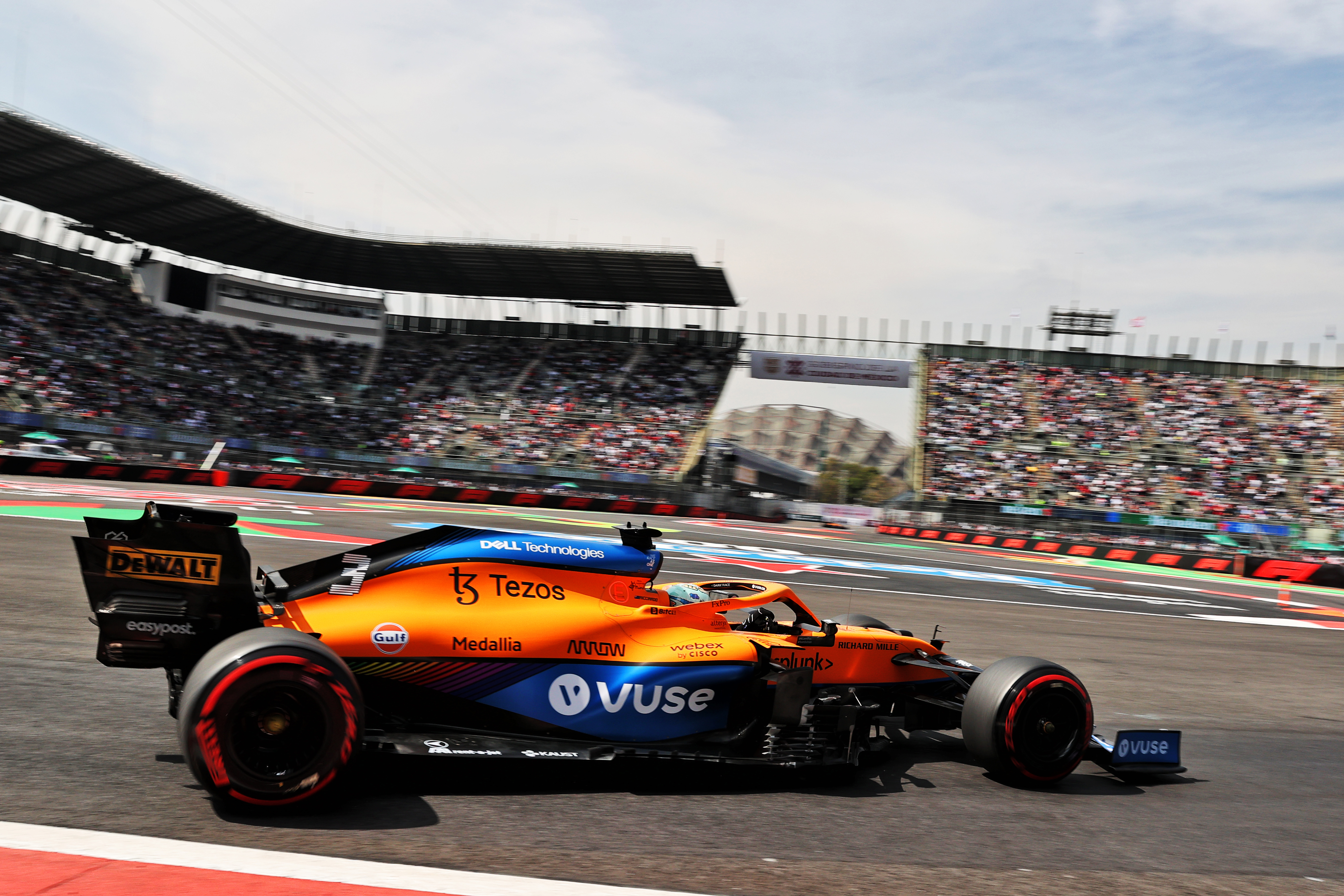
“But it’s definitely coming in the right direction now. I got caught out a bit but it’s happening much less now so it’s positive.”
Ricciardo has struggled at times this year with braking as late as Norris does in corners with requiring significant braking and rotation with more complex entries, including those with such curved approaches.
Turn 13 in Mexico is a corner where the driver starts to brake while still pulling the car across to the right-side of the track after the Turn 12 right-hander, meaning the inside-front is slightly unloaded and easier to lock. This indicates he misjudged the braking pressure that the left-front could take without locking.
What he says tallies with Stella’s claim that both the McLaren team and Ricciardo himself expect there to be more to come.
While the progress made is a combination of Ricciardo’s adaptation and improvements to the car, Norris’s performances support the belief Ricciardo can still do better.
“If we talk about our expectation and Daniel’s expectation, we think that there is more to come,” said Stella.
“We still see that there are tracks, or situations, in which this is not yet as natural as we know it can be.
“So we’re happy with the improvement, and we understand why the trajectory was slow.
“We understand why now we are in a better place but we think there is more to come.
“And we need to obviously put together a lot of work, and just carry on what we’ve been doing in the last months.”


